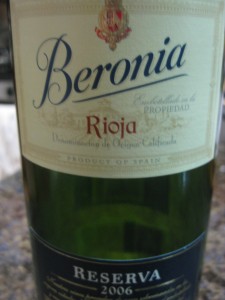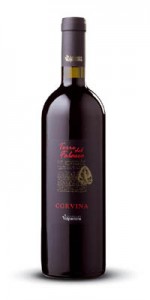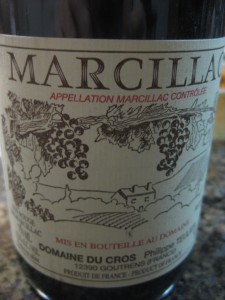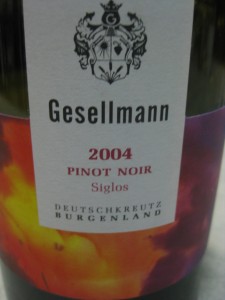 Moat of Montsant
Moat of Montsant
Montsant is a term to remember. Regal, saintly, the word screams castle on a hilltop. Funny that it’s actually more like the moat around the castle, despite the term that sounds a lot like a Mountain-Saint hybrid. The true mountain of this part of Spain (Catalonia – home to Barcelona and Cava) is Priorat, a region famous for amazing red wines. You’ve heard of Rioja? This is the ONLY other region in all of Spain with a DOCa – translated as Awesome Wine Region.
More Wine, Less $$$
Montsant though is the entire region that surrounds the Priorat castle on the hilltop. Same grapes, less $$$. When you find the bottle, buy the bottle since it’s pretty under the radar and it’s the rare find on the shelves. These guys seem intent on making it more available so h/t not just for the map, but for the work they’re doing.
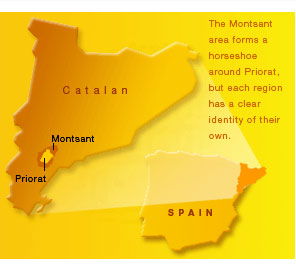 Syrah – Spanish blend
Syrah – Spanish blend
Syrah is the majority contributor to this wine so its name shows up as Grape #41, although Garnacha throws its 45% into the barrel too. Pretty typical blend from this part of Catalonia even thought the traditional mix had a lot more Garnacha and a lot less of the other.
Shiraz – more crocodile per bottle
We Anglos in particular have a love for Syrah. Actually, it’s more a love for Shiraz, which sounds less French and more Australian. Same grape but more crocodiles.
Masquerade! Paper Faces on Parade
Australia turns out ridiculous amounts of Shiraz, puts a Yellow Tail label on it, and sells it to supermarkets in the US and Britain. They’re been doing this gig this the 1980s and it’s still not old. Sorta like Phantom of the Opera on Broadway, it hangs on for decades because it’s just that loved. Expect the infatuation to continue.
Addictive Yellow Tail
Yes, Australia puts out high-end ridiculously delicious Barossa Shiraz and France has really smooth, silky Syrahs going back centuries but it’s hard to look past the Yellow Tail kangaroo staring at us in the face. If someone had put a Yellow Tail crocodile on our shelves, you better believe we’d buy that too. We bought those crazy tennis shirts back in the day with the crocodile and those were French tennis shirts… with collars. Clearly we’re obsessed.
Taste
Seven of us dinner-goers tried this bottle (and ordered a second since one glass wasn’t enough) at Landmarc, known mostly for outdoor seating and less of a wine mark-up than most restaurants. Surprisingly for a large group, everyone loved this wine. And people had ordered fish, chicken and burgers. Not exactly the easiest food to match a wine to – but all seven of us came away impressed.
“Chalky” and “dark” were the two words I heard the most at the table, although truth be told, we were talking lots more about everything else and very little about the wine. Other reviewers who actually paid attention add in “blueberries” and “mineral” to their descriptions and they probably thought a lot more about their descriptions. Really though, it’s a fun wine and clearly a crowd-pleaser.
Detail Up!
Finca l’Argata 2008 Joan d’Anguera from Montsant in Catalonia, Spain (h/t to those guys for the image)
Random Googles:
* Syrah is pronounced by the pretentious and the French (especially in SE France where’s it’s famous) as si-hah. The rest of us call it Sir-Ah.
* Shiraz is Australia’s name for the grape, which is also a city in Iran. Shiraz’s Ur-story anyone?
* Spain uses it mostly as a blending wine with Spanish grapes – Montsant and Jumilla both use it in their blends and both regions make great wine at prices mortals can purchase.
